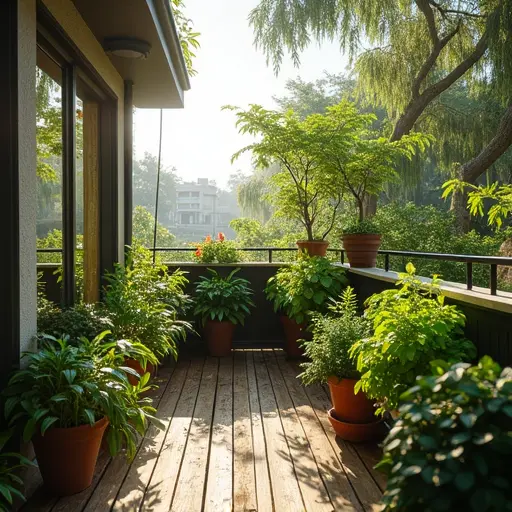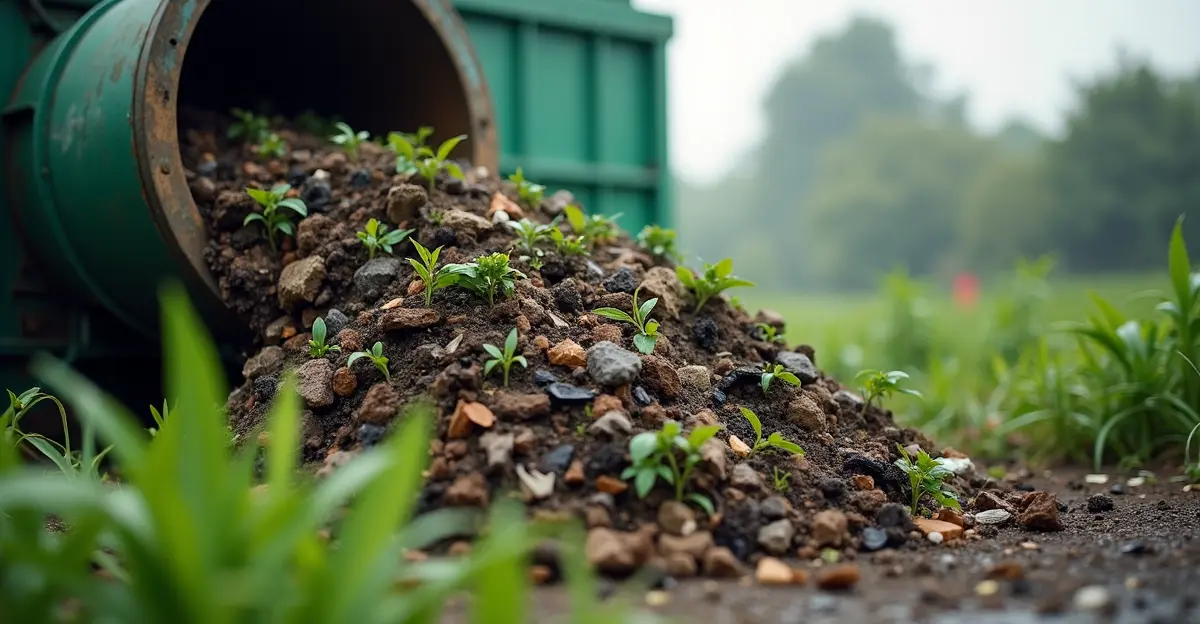Composting at home is accessible for everyone, from apartment dwellers to suburban homeowners. Learn about systems like Bokashi bins, vermicomposting, and backyard bins to turn organic waste into nutrient-rich soil.

Composting at Home Made Easy
Composting is an eco-friendly way to recycle organic waste into nutrient-rich soil, benefiting both your garden and the environment. Whether you live in a small apartment or a suburban home, there are systems tailored to your space and needs.
Why Compost?
Composting reduces landfill waste, lowers methane emissions, and provides a natural fertilizer for plants. It enriches soil, improves water retention, and promotes healthy plant growth. According to the Wikipedia page on composting, organic materials make up about 20% of landfill waste, where they decompose anaerobically, releasing harmful methane. Composting offers a sustainable alternative.
Composting Systems for Small Apartments
For those with limited space, consider these options:
- Bokashi Bins: A compact, odor-free system that ferments food waste using beneficial microbes. It’s ideal for kitchens and requires no outdoor space.
- Vermicomposting: Uses worms to break down organic matter. A small bin under the sink or in a closet can house red wigglers, which efficiently process scraps.
- Electric Composters: Devices like Lomi or FoodCycler quickly break down food waste into compost in hours, perfect for urban dwellers.
Composting for Suburban Homes
Larger spaces allow for more traditional methods:
- Backyard Bins: Simple, affordable, and effective. Use a tumbler or stationary bin to compost yard waste and kitchen scraps.
- Three-Bin System: Ideal for larger gardens. This system allows for continuous composting by rotating materials between bins.
- Pile Composting: A no-frills method where organic waste is piled in a designated area and turned periodically.
Getting Started
Begin by collecting green (nitrogen-rich) and brown (carbon-rich) materials. Maintain a balance of 25:1 carbon-to-nitrogen ratio for optimal decomposition. Ensure proper aeration and moisture levels to speed up the process.
For more tips, check out COMPOST2026, an industry event showcasing the latest in composting technology.

 Nederlands
Nederlands
 English
English
 Français
Français
 Deutsch
Deutsch
 Español
Español
 Português
Português









